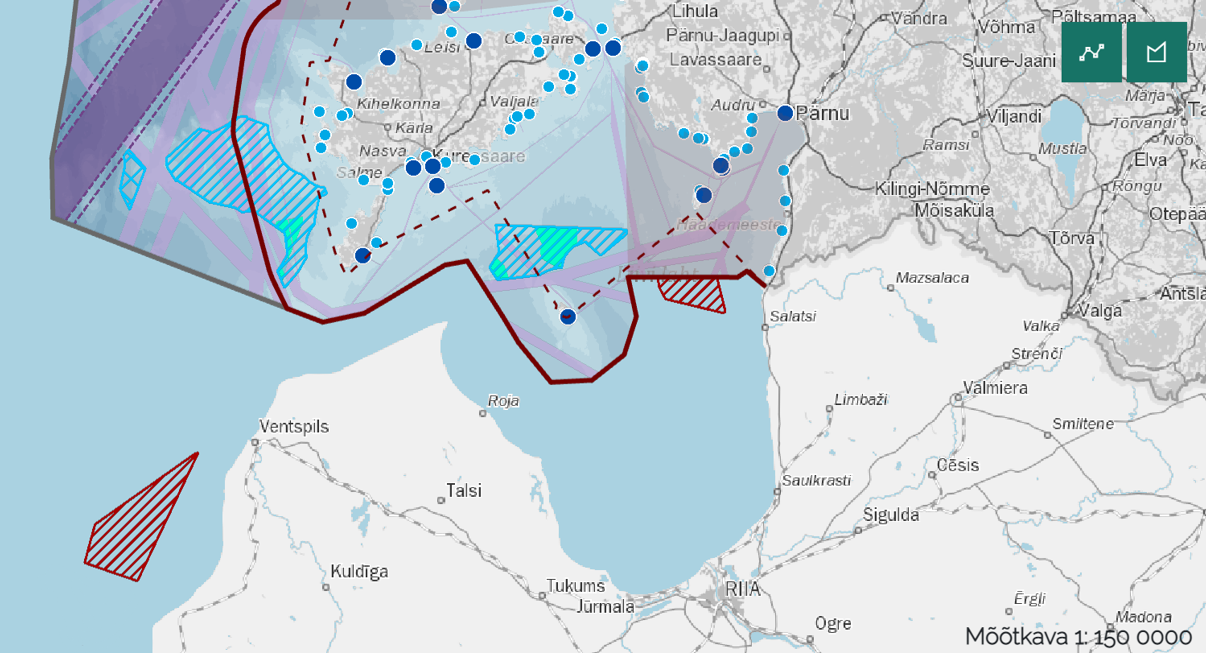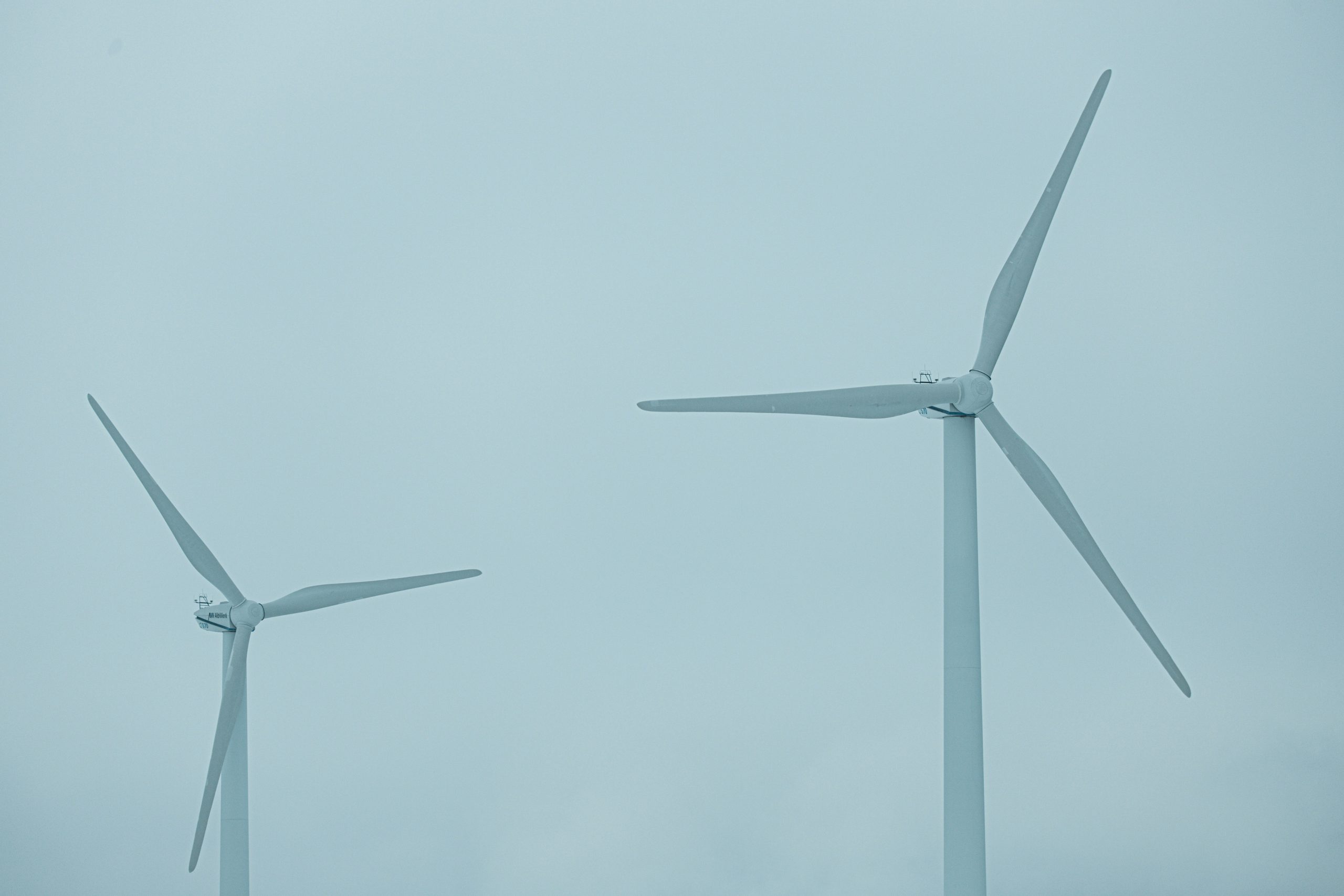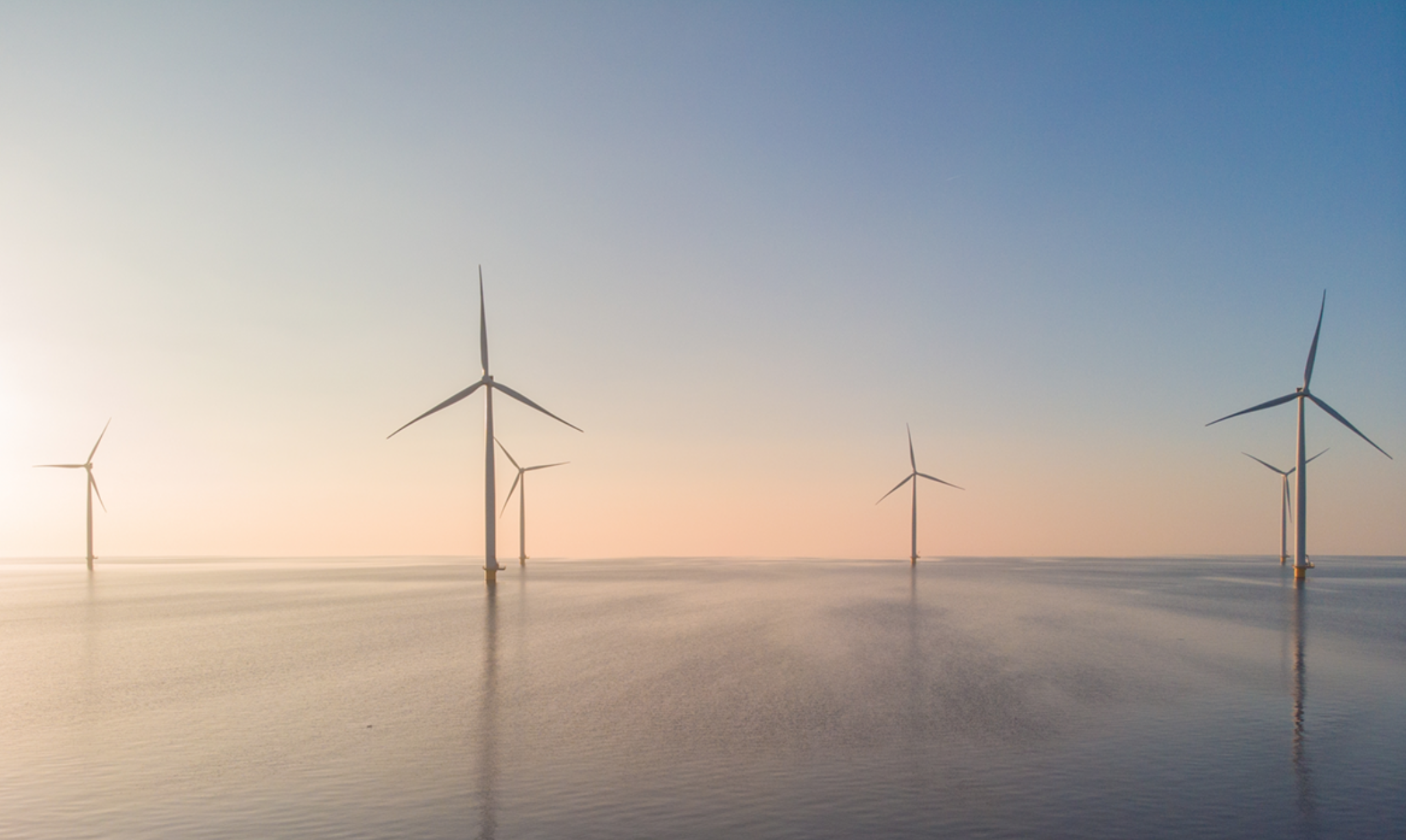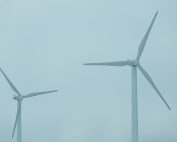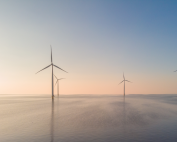Hando Sutter, CEO of Estonian company Eesti Energia, addressed Konkurentsiamet, the Estonian Competition Authority, concerning offshore wind energy development. Sutter doubts that grid operator Elering is treating all market participants equally.
The main subject of the letter addressed by Eesti Energia to the Competition Authority is the development of the electricity grid in the context of plans to install wind turbines in Baltic Sea waters. By 2030, Eesti Energia plans to build a wind farm in the waters of the Gulf of Riga and connect it to its substation – Kilingi-Nõmme. The Estonian Ministry of Economic Affairs and Communications and the Latvian Ministry of Economic Affairs are also planning to develop an offshore wind farm. We are talking about the wind hybrid project ELWIND, for which operators Elering and Augstsprieguma tīkls will develop the transmission network. Hando Sutter doubts that Elering treats all market participants equally. Market participants expressed concerns that the state does not take into account other planned offshore wind farms when establishing a grid connection.
Estonian Competition Authority is of the opinion that the interests of all offshore wind farm developers should be taken into account and a level playing field should be ensured when building the grid for offshore wind farms. It explains that the plan of the Estonian Ministry of Economic Affairs and Communications and the Latvian Ministry of Economics has raised concerns among market participants whether all offshore wind farm developers will be treated equally. The plan is to develop an offshore wind farm area, for which the transmission grid will be developed and built by the Estonian system operator Elering AS and the Latvian system operator AS Augstsprieguma tīkls.
Elering AS must develop an investment plan based on the principle that grid development must provide the most favourable connection conditions for all potential offshore wind farms. That includes proximity to the grid connection point. Konkurentsiamet adds that the network development plan must also be submitted as early as possible to all interested parties for consultation, and the opinions expressed must be taken into account as much as possible in order to reach an optimal solution.
In the Authority’s view, an optimal network deployment solution must also take into account the objective of minimising the impact on network tariffs, given the high cost of network roll-out.
ERR Portal reported in late September that as part of the Estonian-Latvian Elwind project, the two countries are conducting surveys in Estonian and Latvian sea areas to prepare for the construction of a wind farm and to build a fourth grid connection between the countries. Eesti Energia has approached Elering and the Ministry of Economy and Communications several times, citing that possible route studies should also include the Riga Bay wind farm area.
The wind farm will not be built by the countries themselves, but through a competitive bidding process for an energy company interested in developing the project. Initially, the costs and benefits of the project will be shared equally between the two countries. According to Timo Tatar, Deputy Secretary General for Energy and Mineral Resources at Ministry of Economic Affairs and Communications for Estonia, through a tender, a company that is looking for a more suitable location for the project in both Estonian and Latvian waters has been found. “The results of the work should appear in November/December 2021”, he informs in an interview with the ERR portal.
Elering will start researching alternative ways to connect the offshore wind farm to the onshore grid and will prepare technical recommendations as well as a price list for the construction of offshore connections.
According to Tatar, there is a strong interest in offshore wind farms in the Baltic Sea, with international energy companies approaching the state almost weekly. At the same time, the ministry expects that companies from the Baltic countries will apply for the Elwind project.
“Eesti Energia’s concerns are understandable”, Tatar said. “Everyone would like the new fourth interconnector between Estonia and Latvia to operate under their noses, it would be easy to join here, especially if this interconnector is co-financed or sponsored by the taxpayer”, he said.
According to the Deputy Minister, Eesti Energia was planning the Riga Bay project even before Elwind’s plans, and the power company was already tentatively considering a connection to the nearest onshore substation, rather than the transnational connection planned by the system operators. According to Tatar, the Eesti Energia project may also be completed faster than Elwind, in which case waiting for the new connection would not make sense for the power company, ERR reads.
